Logo Design Trend: Responsive and Adaptive Logo Designs

Source: Harold Apples, Stonehouse Market Farm Logo, Dribbble, https://dribbble.com/shots/5619115-Stonehouse-Market-Farm-Logo
In the ever-evolving landscape of digital media, logo design has transcended traditional boundaries, necessitating a shift towards more flexible and adaptive branding strategies. Responsive and adaptive logo designs have emerged as a critical trend for businesses aiming to maintain a consistent and recognizable brand image across a myriad of platforms. These logos are crafted to adjust seamlessly in size, complexity, and sometimes color to fit different mediums, from monumental billboards to minuscule mobile screens. The adaptability of a logo ensures that a brand remains visually cohesive whether it's displayed on a digital watch or as a desktop icon.
The trend towards responsive logo design is not merely about aesthetic flexibility but also about maintaining brand consistency across varied user experiences. A well-designed, responsive logo ensures that a brand's essence is communicated effectively, irrespective of where and how it's displayed. This introductory exploration into the world of responsive and adaptive logo design sets the stage for a deeper understanding of its importance and implementation in the current branding landscape.
What Makes a Logo Responsive
A responsive logo effectively adapts to various screen sizes and resolutions, ensuring the brand is consistently recognized and visually impactful across all platforms. The key to a responsive logo lies in its scalable vector graphics format, which allows the logo to maintain clarity and detail when resized. Designers achieve responsiveness by creating multiple versions of a logo, each tailored for specific device displays. This might include simplified versions for smaller screens, where intricate details are reduced to avoid visual clutter.
The focus is on maintaining the core elements that define the brand's identity, such as distinctive colors, fonts, and symbols. This versatility is essential in today's multi-platform environment, where a logo must perform well on a tiny smartwatch screen as well as a large digital billboard. Responsive design not only enhances user experience but also reinforces brand recognition by making logos adaptable to any context, without sacrificing aesthetic integrity or brand identity.
What Makes a Logo Adaptive
Adaptive logos take responsiveness a step further by altering their appearance based on the context in which they are displayed. This means that the logo can change not just in size, but also in color, complexity, and even form to better suit its environment. An adaptive logo may feature different color schemes to match different backgrounds or display conditions, such as a monochromatic version for dark modes on devices or a more vibrant version for festive branding during special occasions. Some adaptive logos can also switch between a detailed version for high-resolution displays and a simplified one for low-resolution screens.
The adaptability extends to functionality, with certain elements becoming more or less prominent depending on the user’s interaction or the specific platform. For instance, a logo might feature interactive elements on a website that are absent in its static form on print materials. The adaptive approach not only ensures optimal functionality across diverse platforms but also allows brands to remain dynamic and responsive to consumer preferences, enhancing brand engagement in a competitive digital marketplace.
The Role of Simplicity in Responsive Design
In the realm of responsive and adaptive logo design, simplicity is paramount. Simplifying a logo design does not merely mean stripping away details but focusing on the core elements that are critical to brand identity. A minimalist approach allows logos to be more versatile and functional across various media formats without losing their essence. For responsive logos, simplicity ensures that the design remains effective and recognizable even when scaled down to the smallest sizes. This is crucial in digital contexts where a logo must be identifiable on devices as small as smartwatches or as part of app icons on smartphones.
Furthermore, a simple design facilitates quicker load times and better adaptability in digital and print formats, enhancing user experience and brand recall. The simplicity of a logo also aids in its adaptability, making it easier to adjust or modify without compromising the design’s integrity. By focusing on basic geometric shapes, limited color palettes, and clear, legible typography, designers can create logos that stand the test of time and technology, ensuring a logo remains effective no matter where it appears.

Source: Rob Batorski, Give A Sh*t, Dribbble, https://dribbble.com/shots/15537781-Give-A-Sh-t
Importance of Scalability
Scalability is a critical aspect of responsive and adaptive logo design, enabling logos to maintain visual impact and functionality across all display sizes. A scalable logo ensures that whether it is displayed on a large billboard or a small mobile screen, it retains clarity, legibility, and aesthetic appeal. This consistency is vital for building brand recognition and trust. Effective scalability requires careful planning during the design process, where elements such as line weights, text sizes, and detail levels are optimized for performance across multiple resolutions. Designers must anticipate the smallest and largest sizes the logo could be displayed at and create variations that address these extremes.
Moreover, scalability affects not just visual but also technical aspects of a logo’s deployment. It ensures that logos do not lose detail or become distorted when scaled, which is especially important in digital environments where a user might encounter a brand across various platforms and devices. Emphasizing scalability in logo design not only meets practical demands but also enhances user engagement by ensuring a consistent, professional appearance in every context.
Contextual Adaptations
Contextual adaptations in logo design allow a brand's visual identity to dynamically shift according to different environments and user interactions. This aspect of responsive and adaptive logo design involves creating variations of the logo that specifically cater to various contexts, such as digital media, print materials, and physical branding spaces. For instance, a logo may appear in full color on a website but might need to be simplified and monochromatic when used in product engravings. Similarly, interactive elements can be integrated into digital versions, allowing the logo to change or animate in response to user actions, such as hovering or clicking.
This adaptability enhances the user experience by making the brand more relatable and engaging in different settings. Contextual adaptations also consider cultural sensitivities and localization requirements, ensuring the logo resonates well with diverse audiences globally. By adapting to the specific needs of each medium and audience, a logo can remain relevant and effective, thereby strengthening a brand's presence and recognition across multiple platforms.
The Impact on Brand Identity
Responsive and adaptive logo designs significantly influence brand identity by ensuring consistency and recognition across all user touchpoints. A well-designed responsive logo maintains the essence of the brand, no matter the format or size. This consistency builds trust and reinforces brand recognition, as consumers encounter a cohesive visual identity from digital ads to physical products. Moreover, adaptive logos allow brands to remain relevant in various contexts by subtly altering their appearance to fit different backgrounds, cultural contexts, and functionalities.
This flexibility demonstrates a brand's commitment to user experience and innovation, aligning the brand with modern consumer expectations of interactive and adaptable design. The ability to evolve visually within different environments also shows brand agility, an appealing quality that can distinguish a brand in competitive markets. Overall, responsive and adaptive logos are not just trends; they are strategic approaches to branding that enhance a company's identity and ensure it can thrive in a digital and globally connected marketplace.
Design Process for Responsive Logos
Creating responsive logos involves a meticulous design process that ensures the logo will be versatile across different platforms while maintaining its core identity. The first step is research and strategy, where designers must understand the brand's values, target audience, and the environments in which the logo will be used. This foundation informs the creative process, guiding the development of a logo that is not only visually appealing but also functional in various contexts. Next, designers create a scalable master design, focusing on simplicity and recognizability. This master logo serves as the basis for all subsequent adaptations.
The iterative process involves designing multiple variations of the logo to ensure it performs well in different sizes and formats. These variations might include different levels of detail, alternative color schemes, or even distinct compositions suited for specific digital or physical applications. Prototyping is crucial; designers must test logo variations in real-world applications to assess visibility, legibility, and impact. Finally, a comprehensive style guide is developed, detailing how and when to use each logo variant, ensuring brand consistency across all media. This guide is vital for maintaining the integrity of the logo as it adapts to different platforms and uses.

Source: SlabPixel Designer, Therapeutic - Brand Guideline, Dribbble, https://dribbble.com/shots/18678728-Therapeutic-Brand-Guideline
Tools and Software Recommendations
For designers tackling responsive and adaptive logos, selecting the right tools and software is crucial. Adobe Illustrator remains a staple in logo design, offering robust vector editing capabilities that ensure logos maintain their quality at any size. Vector graphics are essential for responsive designs due to their scalability and precision. For designers interested in testing logo variations in real-world scenarios, Adobe XD provides excellent prototyping features that simulate how logos will look on different devices and environments.
Sketch is another powerful tool that is popular among UI/UX designers for its vector capabilities and ease of use, making it suitable for designing logos intended for digital applications. Affinity Designer is a cost-effective alternative that also supports flexible, high-quality vector creation. For those working in a team or seeking real-time collaboration, tools like Figma offer cloud-based solutions that allow multiple designers to work on the same project simultaneously, which is particularly useful during the iterative phases of responsive logo design.
Moreover, for testing how logos adapt to various screen sizes and resolutions, responsive design software like Responsinator and Screenfly can be invaluable. These tools help visualize how logos will appear on different devices, ensuring that each adaptation is optimized for its intended use.
Challenges in Creating Responsive Logos
Designing responsive logos presents several challenges that require careful consideration and strategic planning. One of the primary hurdles is maintaining brand consistency across diverse adaptations without sacrificing the logo's integrity or recognition. As the logo scales down for smaller screens, essential elements may become illegible or lose their impact, necessitating a simplified version that still captures the essence of the brand. This simplification process must be handled skillfully to ensure the logo remains identifiable and effective.
Another significant challenge is the technical limitations of different platforms and devices. Each medium, from print to digital displays, has its own characteristics and constraints, such as color accuracy, resolution, and size limitations. Designers must anticipate these factors and create logo variations that perform optimally within each specific environment. Additionally, achieving a balance between creativity and functionality can be complex. The logo must be attractive and unique, yet versatile enough to adapt to various contexts without becoming overly generic.
Finally, the need for extensive testing and revision cycles adds complexity and time to the design process. Each version of the logo must be tested in its intended context to ensure it meets all functional and aesthetic requirements. This iterative process is crucial but can be resource-intensive. Overcoming these challenges requires a deep understanding of both design principles and the technical aspects of media platforms, along with a creative approach to problem-solving.
Benefits of Responsive and Adaptive Designs
Responsive and adaptive logo designs offer numerous benefits that are crucial for brands operating in today's dynamic and digitally-driven market. The foremost advantage is enhanced brand consistency across multiple platforms. By adjusting to various sizes and contexts, these logos ensure that the brand is recognizable and coherent whether seen on a smartphone, a billboard, or any other medium. This consistency builds trust and reinforces brand identity among consumers.
Moreover, responsive and adaptive logos are designed to cater to modern user behaviors and technological trends. As more consumers interact with brands across different devices and in different settings, having a logo that adapts to these environments enhances user engagement and satisfaction. It shows that a brand is forward-thinking and attentive to customer needs and preferences.
Another key benefit is increased versatility. Responsive and adaptive logos can be used more flexibly in marketing and branding campaigns. They allow for seamless integration into diverse marketing materials without the need for multiple redesigns, saving time and resources while expanding the brand's reach.
Conclusion
The trend towards responsive and adaptive logo designs is shaping the future of branding in the digital era. As brands navigate the complexities of a multi-platform presence, the ability to adapt and respond to different environments becomes essential. Responsive and adaptive logos ensure that a brand remains consistent, recognizable, and engaging across all touchpoints. Embracing this design trend not only enhances user interaction but also fortifies brand identity in a competitive market. For businesses looking to thrive in an interconnected world, investing in responsive and adaptive logo designs is a strategic move towards sustained visibility and relevance.
Let Us Know What You Think!
Every information you read here are written and curated by Kreafolk's team, carefully pieced together with our creative community in mind. Did you enjoy our contents? Leave a comment below and share your thoughts. Cheers to more creative articles and inspirations!

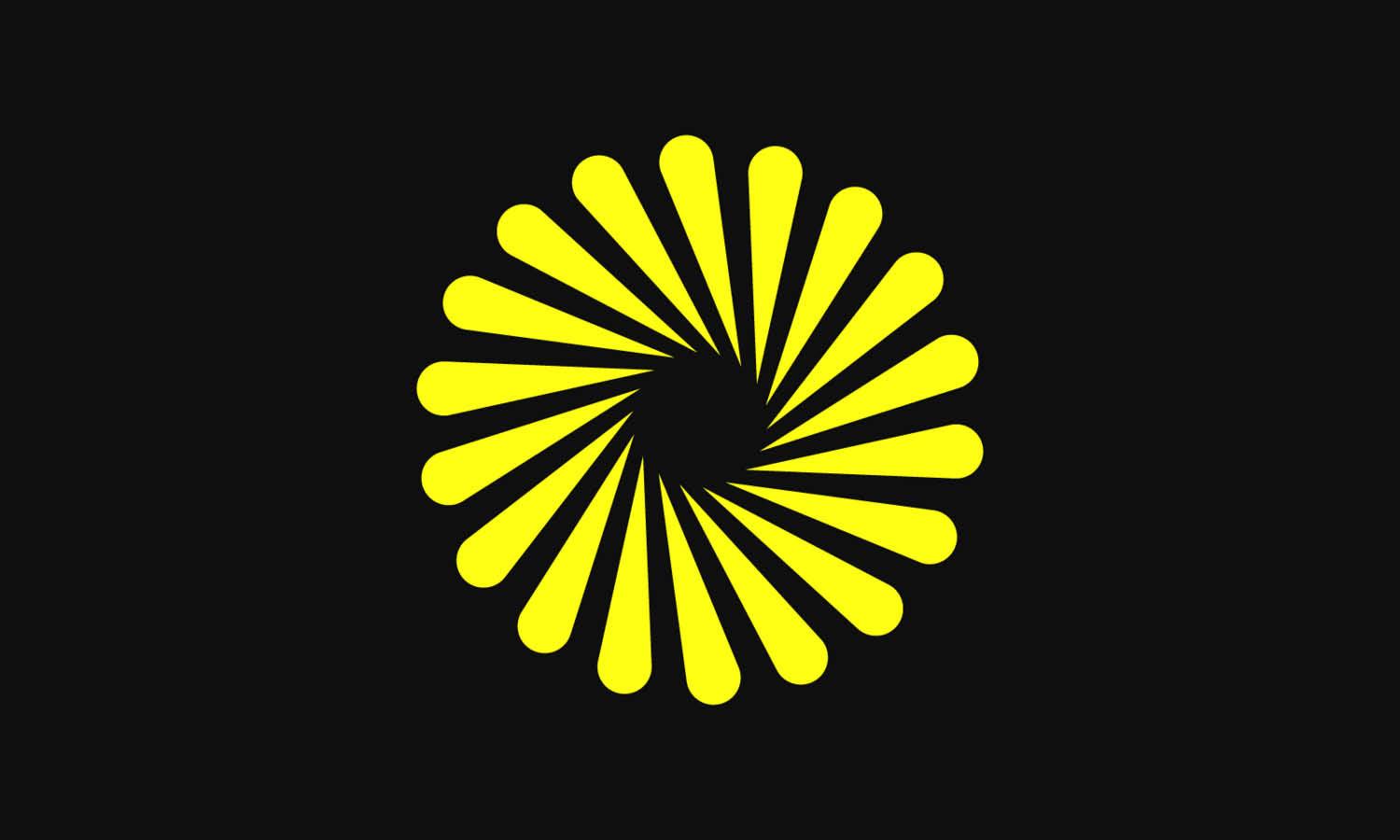
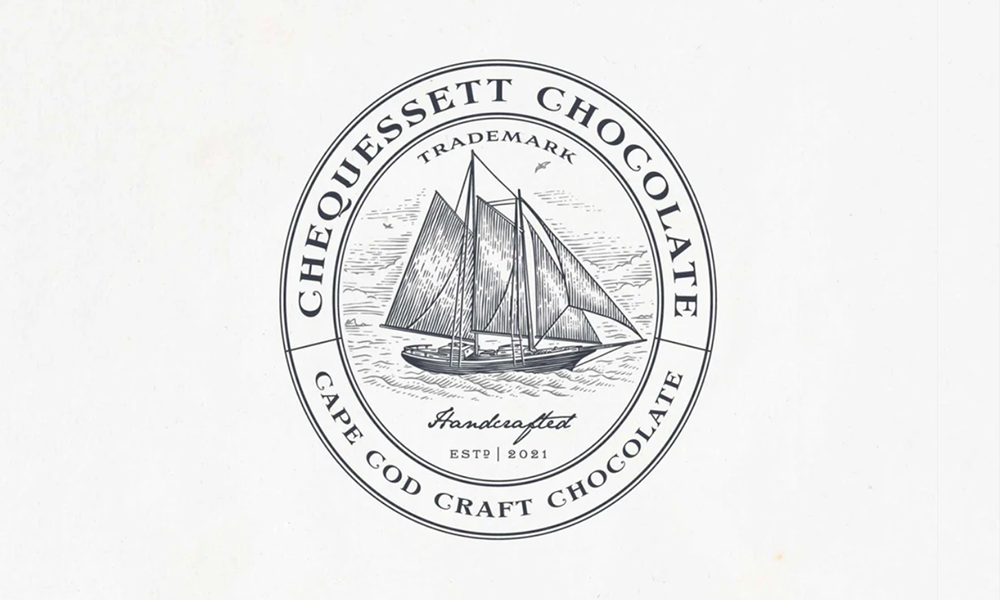
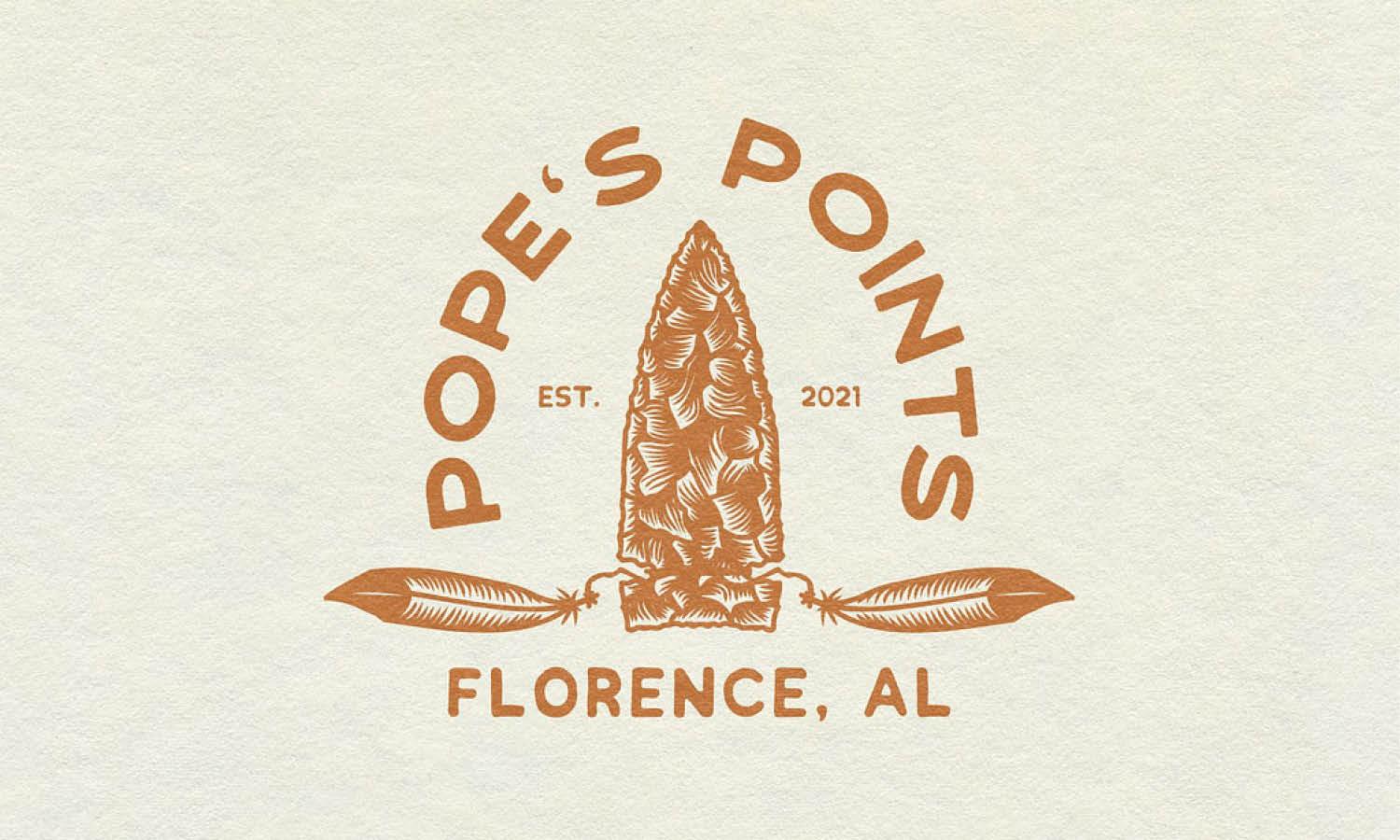
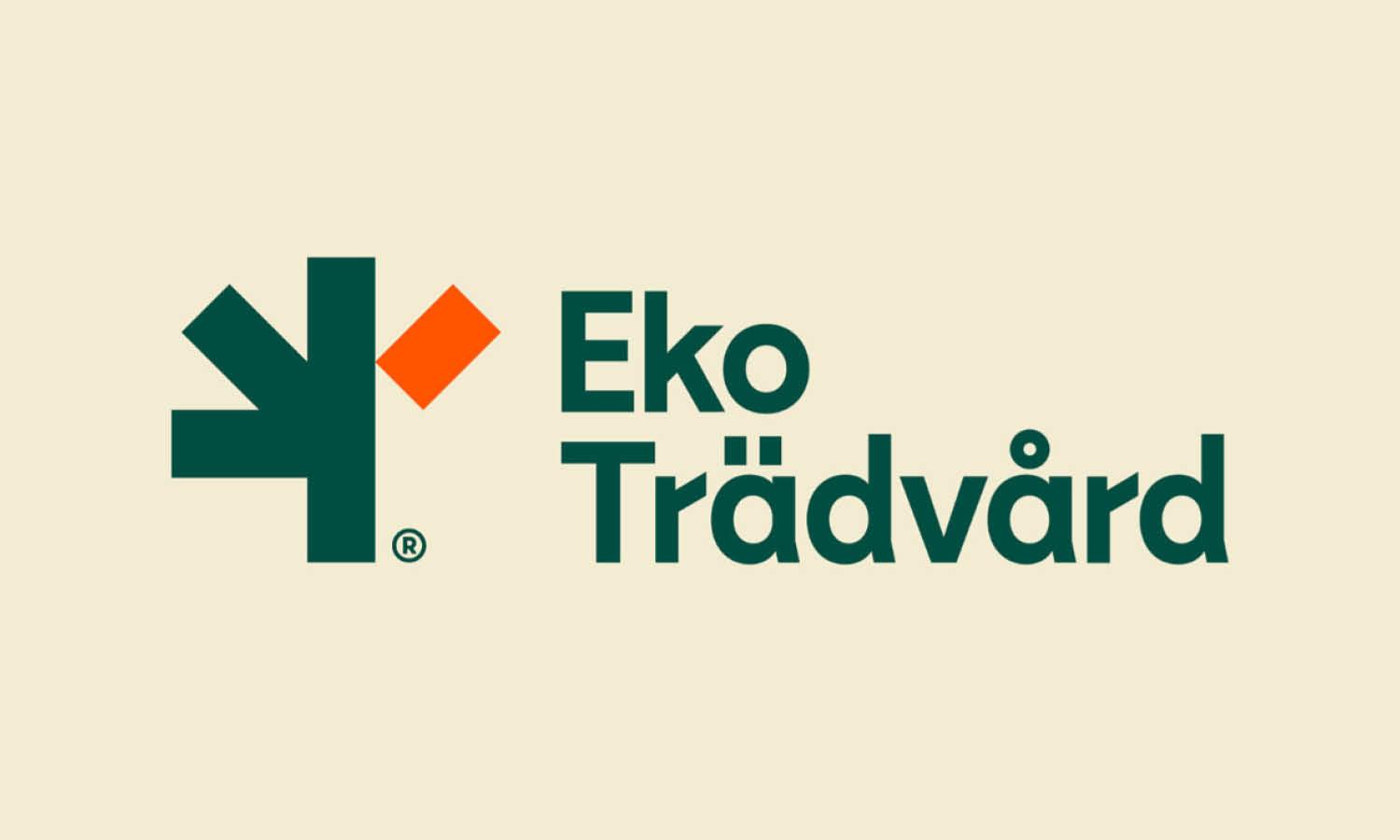


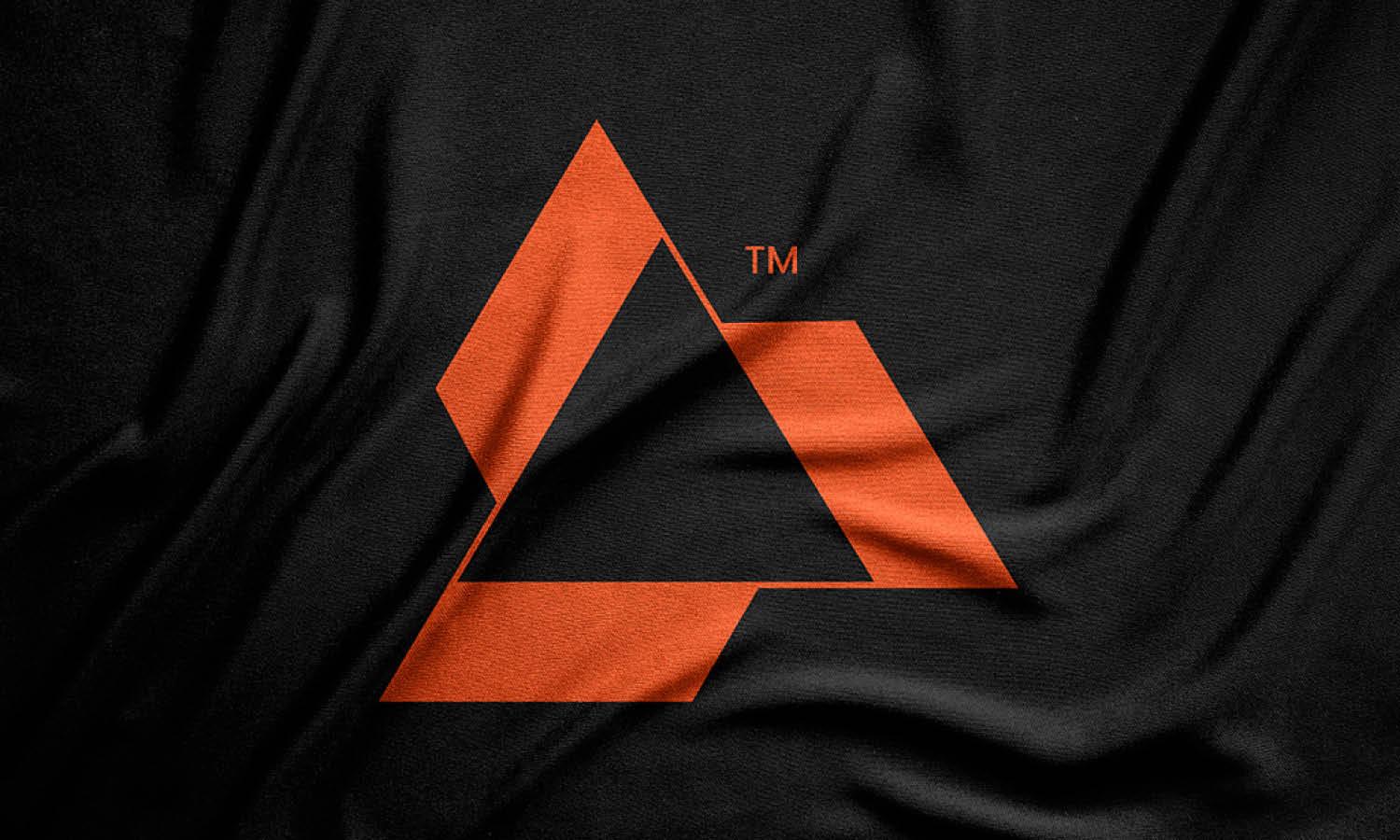








Leave a Comment